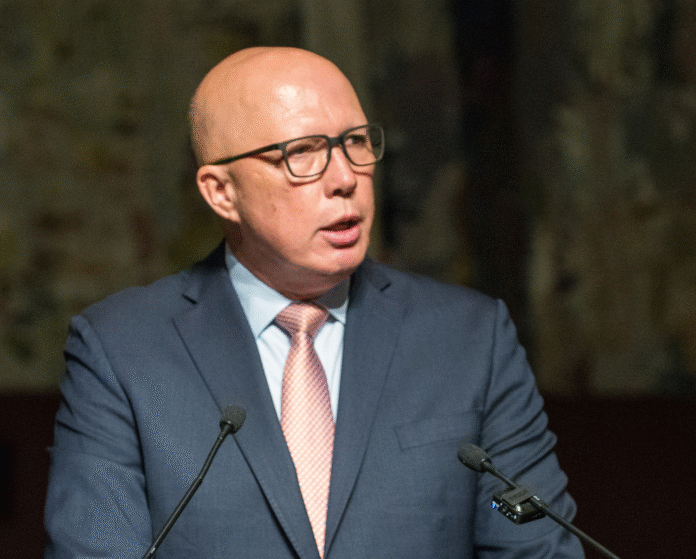Dutton’s budget reply trades long-term tax reform for a short-term petrol discount—raising eyebrows across the economic spectrum
Peter Dutton has unveiled a dramatic new cost-of-living proposal: halving the fuel excise for a full year. Rather than backing the tax cuts just legislated by the Albanese government, the opposition leader has opted to pump relief directly through petrol bowsers.
Under the plan, motorists would see the fuel excise slashed from 50.8 cents per litre to 25.4 cents—a change the Coalition says will start “shortly after the election” if they win power. The cut would run for 12 months and aims to offset the bite of rising living costs, especially for households outside capital cities where driving is essential.
This isn’t the first time such a move has been floated. The Morrison government halved the fuel excise for six months back in 2022 after Russia’s invasion of Ukraine caused oil prices to spike. Now, Dutton is betting that déjà vu at the bowser might translate to votes.
The federal opposition insists their plan would give drivers meaningful, immediate relief. A typical driver filling a 55-litre tank weekly would save roughly $14 each time—about $728 over the year. That’s not insignificant, especially when compared to Labor’s tax cuts, which won’t fully take effect until 2027 and deliver between $268 and $536 annually, depending on income level.
Embed from Getty ImagesBut while motorists may cheer, economists are more cautious.
The fuel excise is a silent burden: it’s paid by suppliers but always passed along to consumers. It made up roughly 28 per cent of the retail price of petrol in late 2024. Combined with the 10 per cent GST, taxes account for nearly 40 per cent of every dollar spent on fuel.
Critics warn that cutting it might be a short-term fix with long-term costs. Unlike Labor’s tax relief, which phases in slowly, Dutton’s proposal would inject $6 billion into the economy in just 12 months. That’s more than Labor’s entire energy bill rebate scheme—and it would hit much faster.
Some economists, including Saul Eslake, say the plan could add fuel to the inflation fire. The cut would technically lower inflation figures by reducing fuel prices, but the money saved would likely be spent elsewhere, lifting demand and prices in other sectors.
“The policies from both sides are not reform,” Eslake told the ABC. “They’re election giveaways. And they’ll barely shift the dial long-term.”
Then there’s the problem of what happens after the 12 months. Once the discount ends, the excise jumps straight back to its indexed level—likely over 50.8 cents due to inflation adjustments. That could trigger an abrupt fuel price spike, repeating the political headache the Albanese government faced in 2022 when it refused to extend the Morrison-era cut.
Governments often find it politically toxic to remove temporary relief once introduced. Labor just extended its energy bill support for another six months in Tuesday’s budget. The Coalition, too, previously prolonged the so-called low- and middle-income tax offset beyond its intended shelf life during the COVID-19 years.
Truck drivers present another wrinkle. Under Morrison’s 2022 cut, they complained of being short-changed. That’s because trucks—used for business purposes—already get a partial rebate on the excise. Cutting the excise meant the rebate shrank, too, so their net discount was smaller than that for everyday drivers.
Dutton acknowledged on Thursday that similar mechanics would apply again. However, he hinted at “alternative arrangements” for truck drivers, though specifics remain unclear. With freight and logistics sectors already under cost pressure, the opposition will need to tread carefully.
In political terms, Dutton’s move is a populist strike. Petrol prices are visible, emotional, and tied closely to voters’ cost-of-living perceptions. While Labor’s tax cuts focus on income relief, they’re less immediate—and arguably less noticeable—than a price drop at the servo.
But it’s also a risky play. The budget cost is high. Structural reform is absent. Inflationary pressure could rise. And the policy has a built-in expiry date that may return to bite the government that implements it.
What happens after the petrol sugar hit wears off could be just as important as the relief itself. Dutton is hoping Australians will remember the saving—not the sting that might follow.
